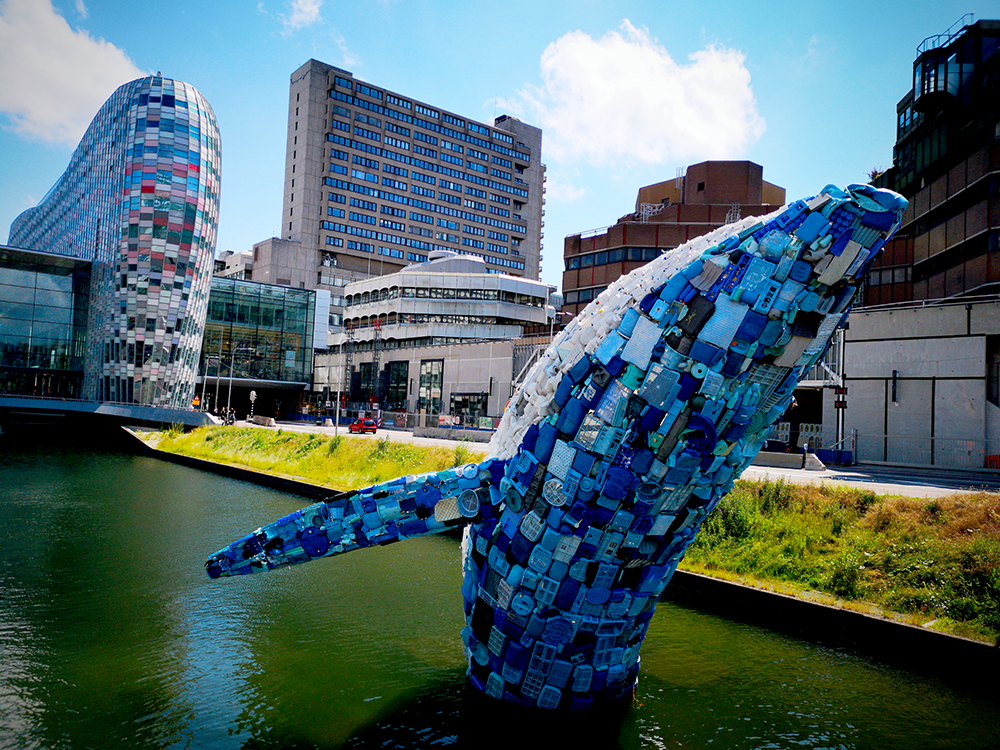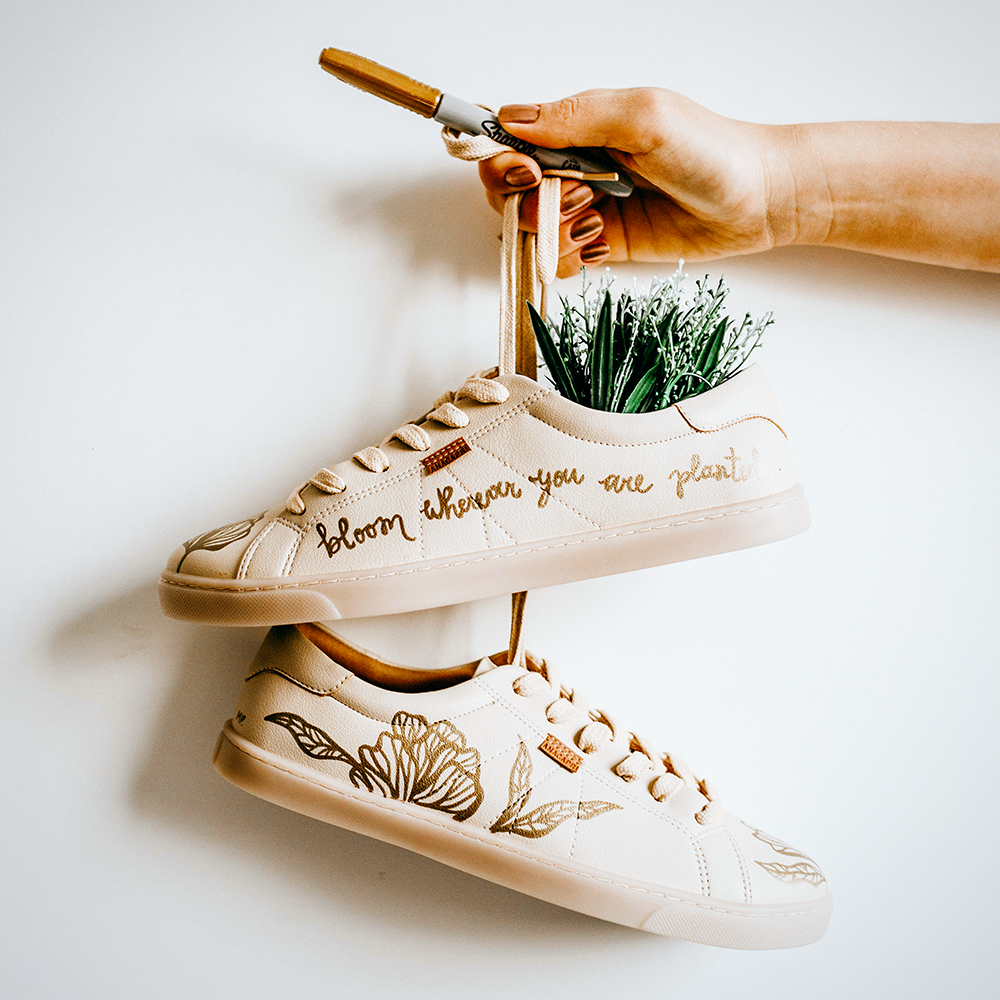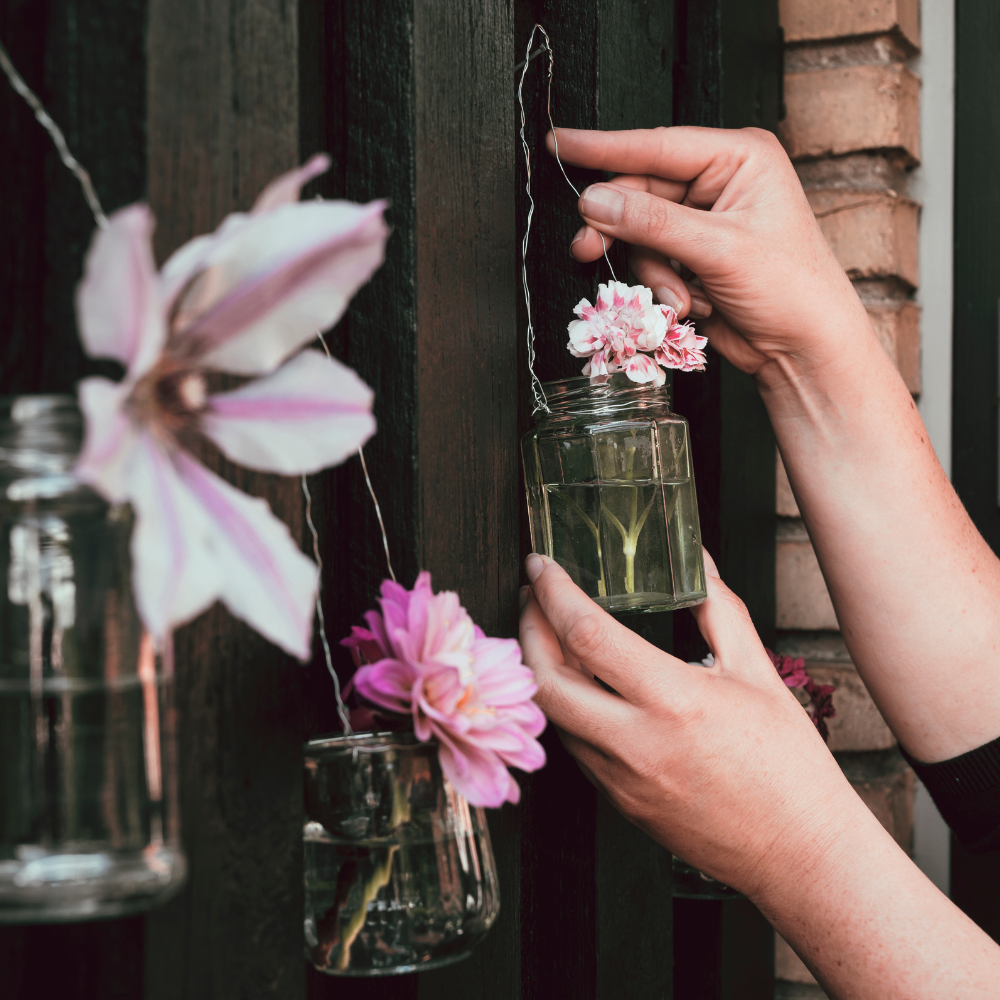As artists, we are constantly searching for inspiration from the world around us.
Whether it's nature, everyday objects, or materials left behind by others, there is creative potential waiting to be unlocked with every discovery.
Over the past decade, the practice of upcycling - taking discarded items and transforming them into works of art or decorative pieces - has exploded in popularity.
A movement born from both environmental ethics and curiosity, upcycling challenges us to see beyond the intended purpose of an item and envision what it could become.
But in this fast-paced, distraction-filled time, are people still as interested in recycling and repurposing?
Or has the buzz died down around this creative craft?
In this post, we’ll take an in-depth look at the current state of upcycling.
Get ready for an artistic and investigative journey through the ever-evolving relationship between recycling, repurposing and reinventing - it's time to find out if upcycling is still going strong or if it's had its day in the creative sun.
Let’s dive in and explore the ever-evolving relationship between artists and the items we repurpose!
Key Takeaways:
- Upcycling continues to be a significant trend, especially within the fashion industry and among environmentally conscious consumers.
- The practice of upcycling not only promotes sustainability but also offers a creative outlet for personal style and innovation.
- Major brands and small businesses alike are embracing upcycling, indicating its growing popularity and potential for reducing waste.

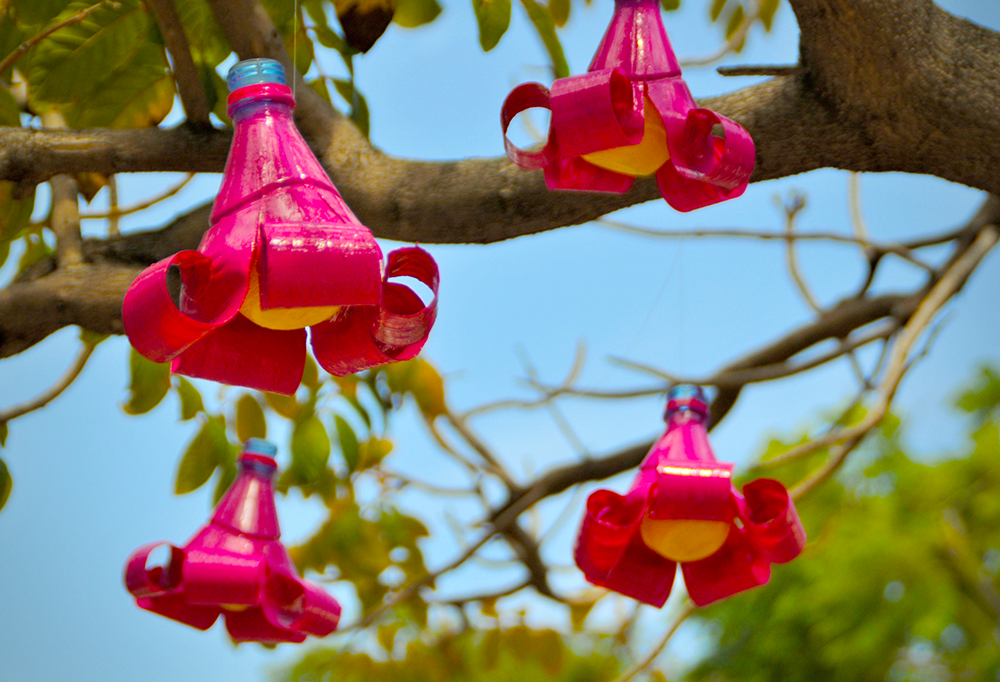
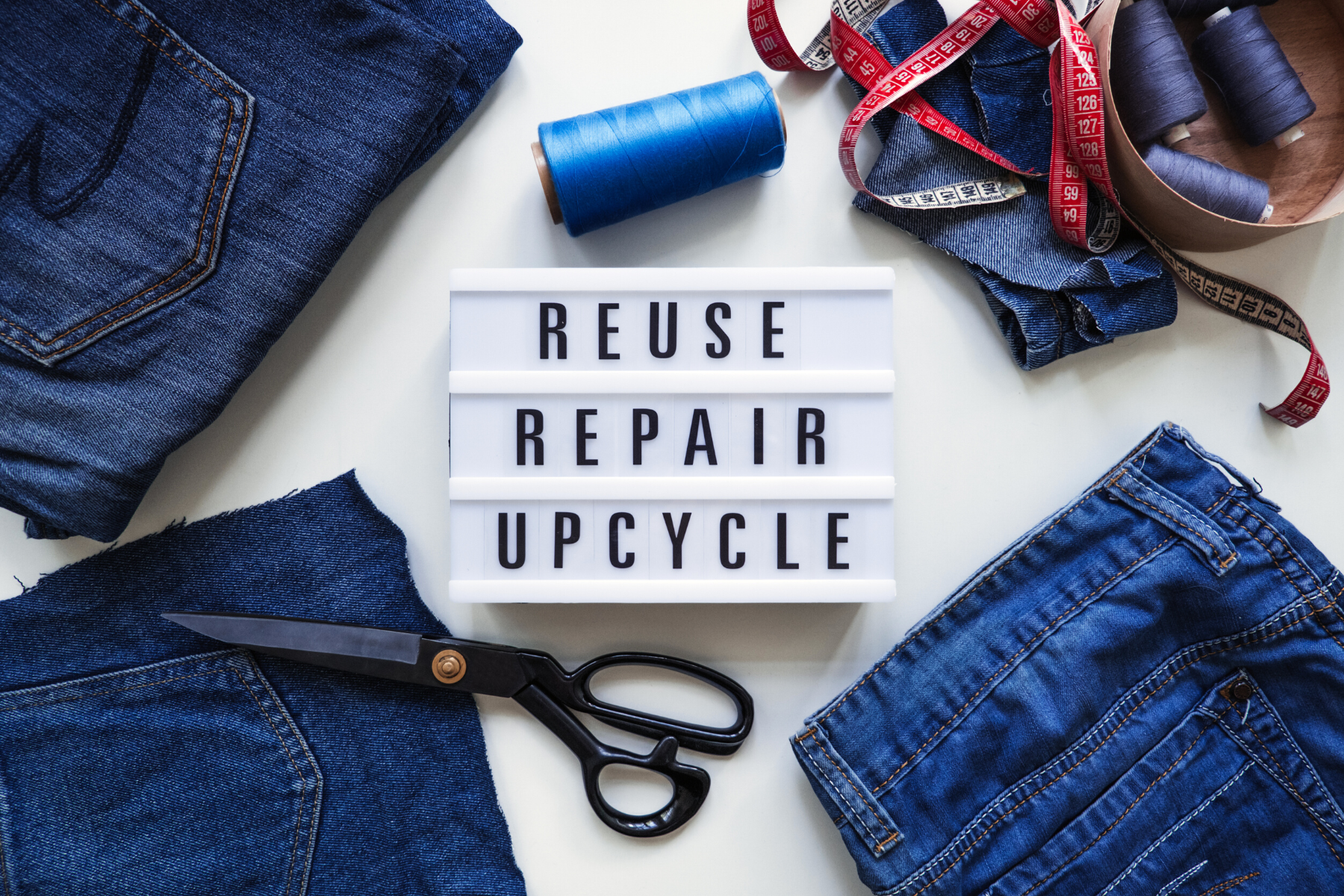
Upcycling and Its Rise in Popularity
The world of upcycling is a magical one, with endless possibilities for creating unique and one-of-a-kind pieces.
Upcycling is the process of taking an object that is no longer being used or has reached the end of its lifespan and giving it a new purpose.
It's a way of recycling that not only reduces waste but also breathes new life and value into discarded items.
From furniture to clothing, upcycling has become a popular way to create sustainable and unique items for our homes and wardrobes.
Upcycling, the process of transforming discarded materials into new products of higher value, has been a buzzword for several years now.
But is upcycling still popular? The short answer is yes.
This trend has not only persisted but has also evolved, becoming an integral part of various industries, most notably in fashion.
Upcycling clothing and furniture has become a way for individuals and businesses to express their commitment to sustainability while showcasing creativity.
The fashion industry, in particular, has seen a surge in upcycled clothing.
Designers are increasingly turning to vintage fabrics and old garments to create new pieces that are both unique and environmentally friendly.
This practice not only reduces waste but also gives a new lease of life to old clothes, which might otherwise end up in landfills.
Upcycled clothes are now a staple in the collections of many major brands, signaling that this is not just a passing fad but a movement in the right direction.
One of the reasons upcycling is still popular is that it's an accessible art form.
You don't need to be an experienced artist or have a ton of resources to upcycle something.
In fact, upcycling often involves using materials that are inexpensive or even free.
Thrifting is one way to find items to upcycle at a low cost.
Thrift stores and garage sales can be treasure troves for finding furniture, clothing, and accessories that can be transformed into new and exciting pieces.
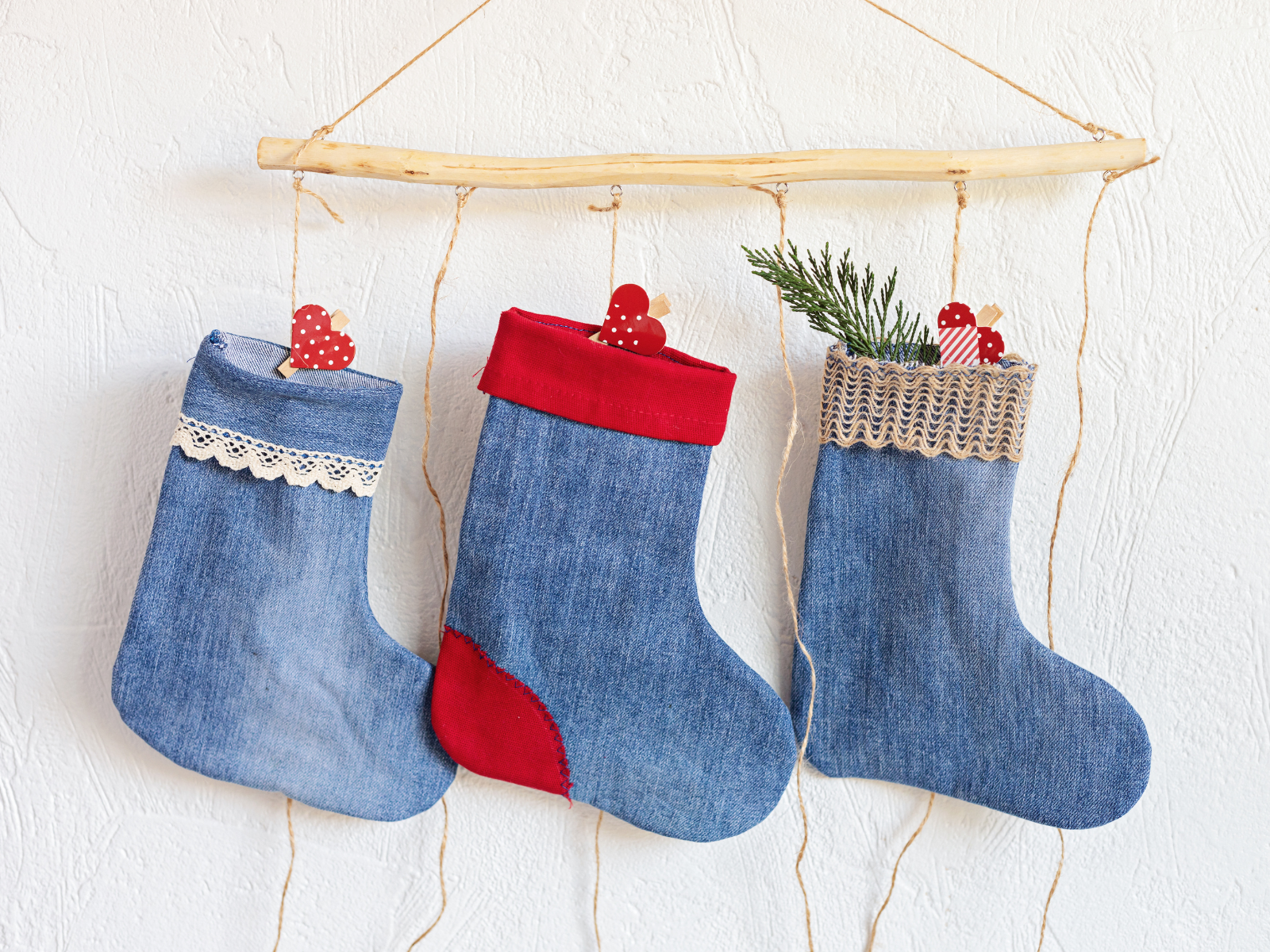


The Rise of Upcycled Fashion
The concept of upcycled clothing has taken the fashion world by storm.
With an increasing number of consumers looking for sustainable fashion options, upcycling clothes has become a great way to meet this demand.
It's worth noting that upcycled art and items often have a story behind them, adding a personal touch that resonates with shoppers.
This trend is not only about being environmentally conscious; it's also about creating new clothing with a history and a soul.
Major brands are now incorporating upcycled materials into their lines, recognizing the many benefits that come with this practice.
By reusing materials, they are able to reduce their carbon footprint and promote sustainability.
Furthermore, upcycling clothing is a testament to a brand's innovation and commitment to creating jobs and new accessories that stand out in the market.
Furniture Upcycling: A Sustainable Choice
Furniture upcycling is another area where this trend has taken hold.
Old furniture is given a new life, often with a modern twist, saving it from ending up as waste.
This not only helps to reduce the environmental impact but also allows for the creation of unique, one-of-a-kind pieces.
Small businesses and DIY enthusiasts have embraced this aspect of upcycling, finding that it makes sense both economically and ecologically.
The process of transforming old furniture into something new and of higher value is a clear indication that upcycling is still popular.
It's a sustainable choice that resonates with the growing number of environmentally conscious consumers.
Furniture upcycling is a practical example of how old items can be revitalized, proving that with a bit of creativity, reducing waste can also mean enhancing aesthetics.
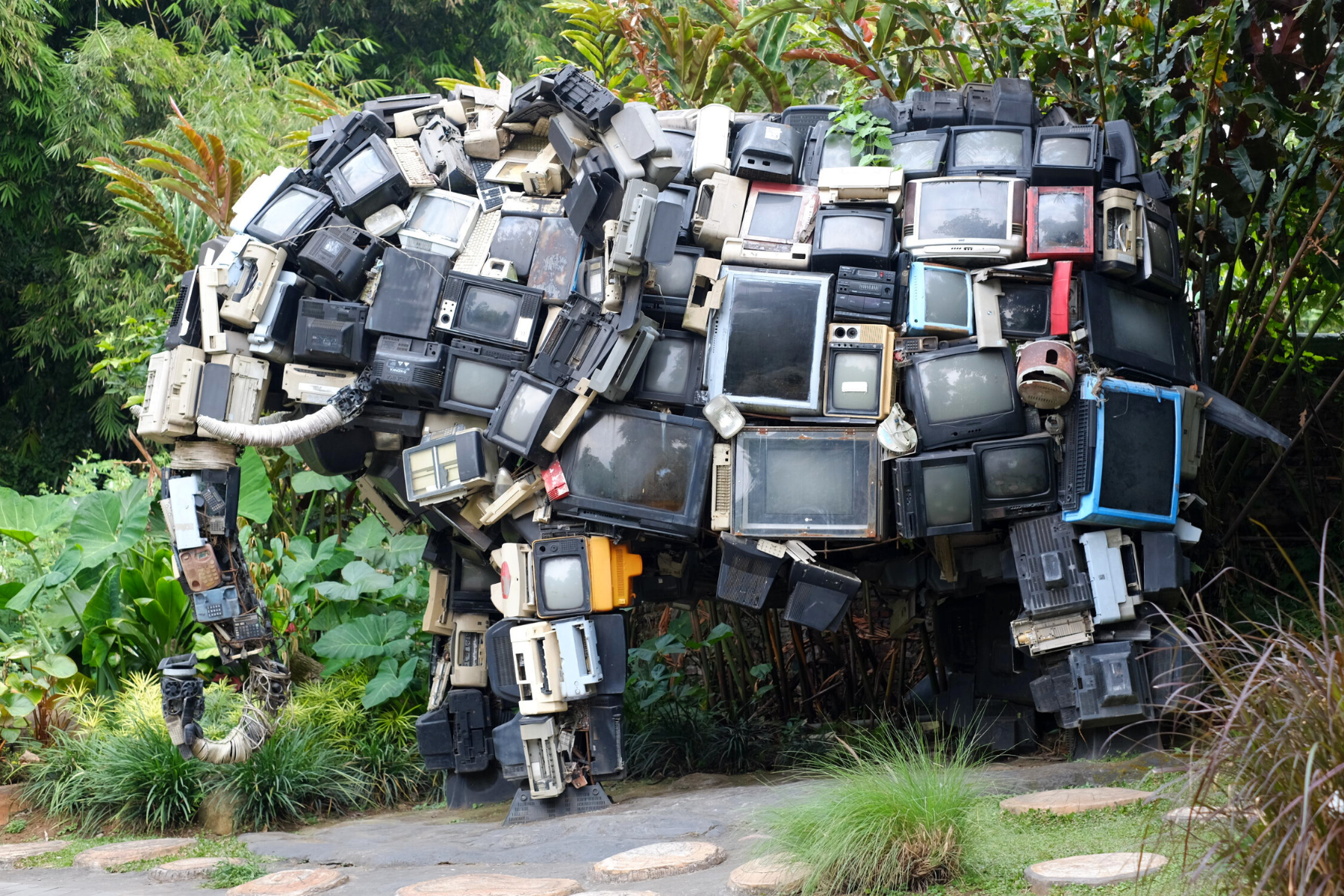

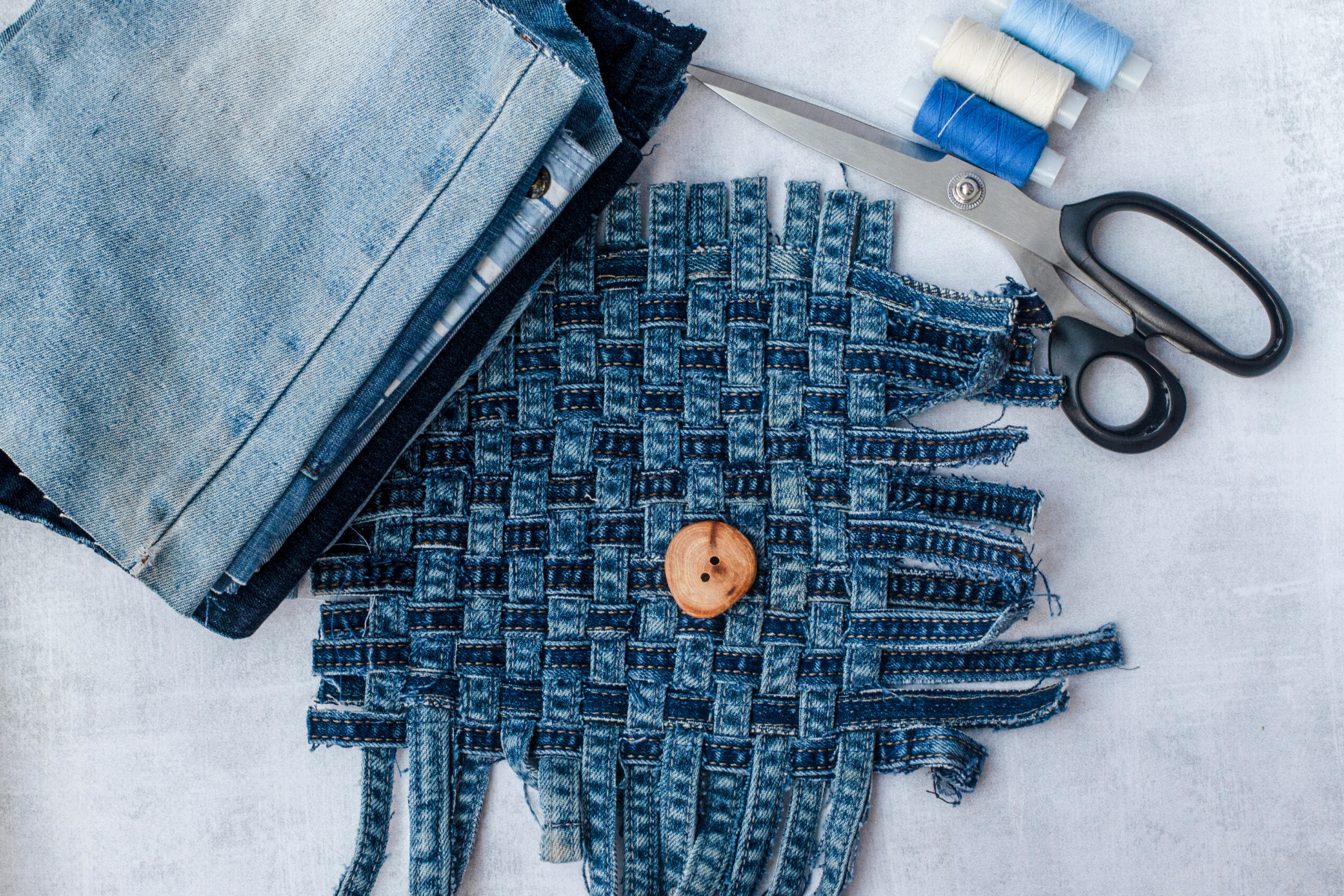
Upcycling in Small Businesses
Small businesses have found a niche in the upcycling trend, often focusing on creating new pieces from second-hand or discarded materials.
This approach not only reduces waste but also allows these businesses to offer unique products that stand out in a crowded market.
Upcycling has become a key differentiator for small businesses looking to promote sustainability and attract customers who value originality and environmental responsibility.
These businesses are not just selling products; they are selling a concept and a practice that is increasingly popular among consumers.
By upcycling old jeans, t-shirts, and other materials, they are able to offer new clothes that carry a message of sustainability and conscious consumption.
This is a major draw for customers who are looking to reduce their own carbon footprint while supporting local economies.
The Environmental Impact of Upcycling
The environmental benefits of upcycling cannot be overstated.
By giving new life to old clothing and other materials, the need for new resources is reduced, which in turn lessens the strain on the environment.
Upcycling helps to minimize the amount of waste that ends up in landfills and reduces the carbon emissions associated with the production of new garments.
Moreover, upcycling is a proactive step towards a more sustainable future. It's a clear example of how individual actions can have a collective impact on the world.
By choosing upcycled items, consumers are not only making a statement about their personal style but also about their commitment to the planet.
The Future of Upcycling
Looking ahead, upcycling is poised to become an even more significant part of the global push towards sustainability.
As awareness of environmental issues continues to grow, so does the demand for products that are not only stylish but also kind to the planet.
Upcycling is likely to expand beyond clothing and furniture into other industries, further cementing its place as a key component of the circular economy.
The future of upcycling is bright, with the potential to become a standard practice in production and consumption.
It's a trend that aligns with the values of the modern consumer and one that can lead to a more sustainable and creative world.

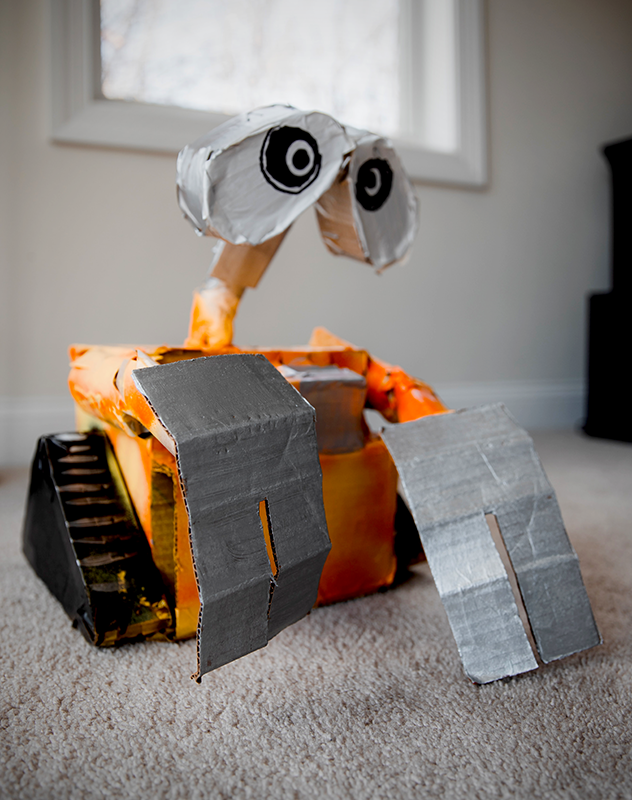

Keep Upcycling! Upcycling is Here to Stay
Upcycling remains a popular and important trend, particularly in the fashion industry and among small businesses.
It offers a sustainable alternative to traditional manufacturing, reduces waste, and allows for the creation of unique products with a lower environmental impact.
As consumers continue to seek out environmentally friendly options, upcycling is likely to grow in popularity and influence, shaping the future of sustainable consumption.
Upcycling is an accessible, creative, emotional, and sustainable art form that continues to capture the hearts and minds of artists and creatives everywhere.
Whether you're an experienced artist or a beginner, upcycling is an art form that can be enjoyed by anyone.
So, next time you come across an old piece of furniture or an item of clothing that you no longer use, don't throw it out - upcycle it!
Not only will you be creating something unique and beautiful, but you'll also be making a positive impact on the environment.
Upcycling is not just a trend, it's a way of life!


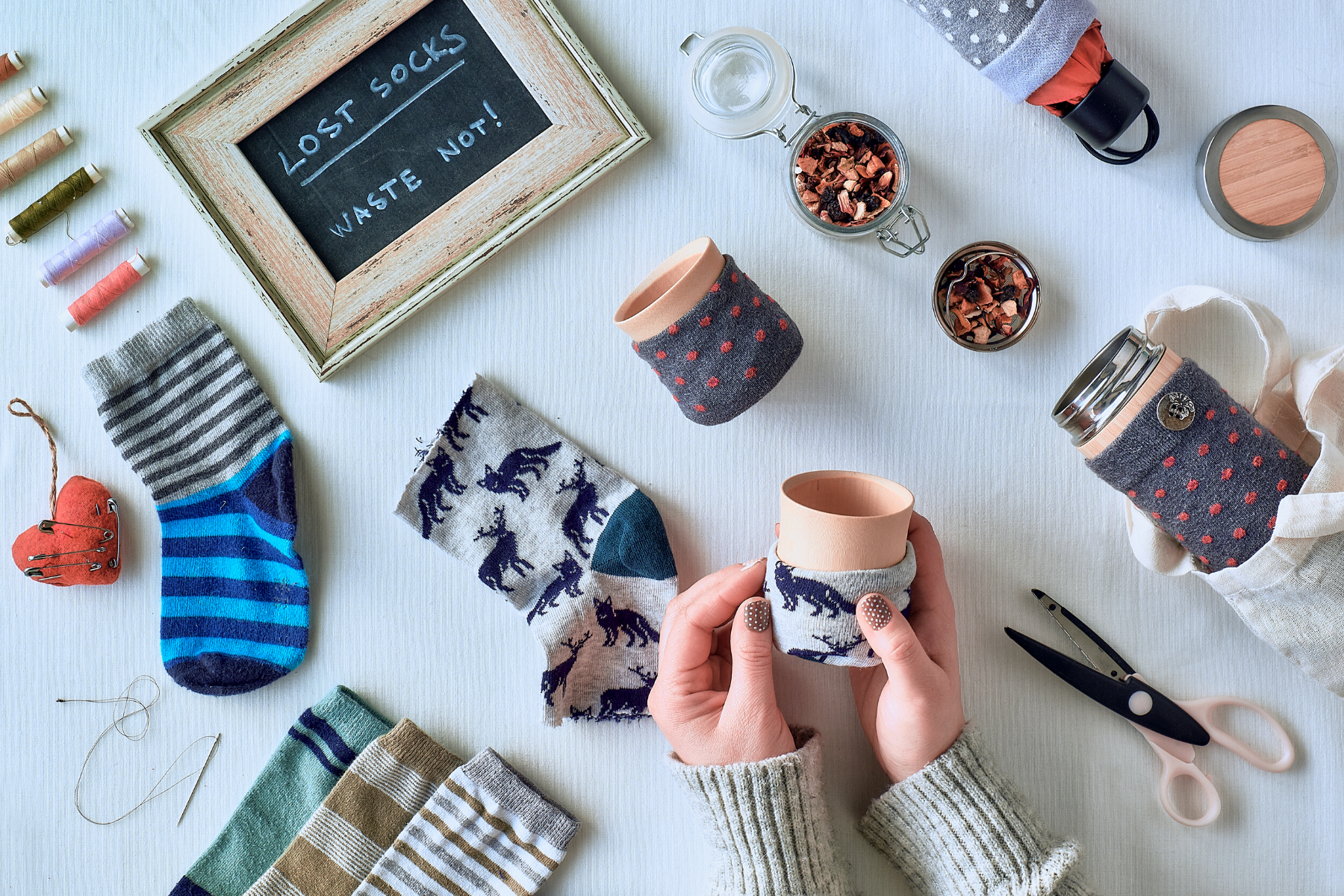
Eager to start upcycling and take advantage of thrifting? Check out Miss Matti's video!
Want even more content about creativity and art?
Be sure to check out all of our creative chronicles!
Ready to dive into the world of upcycling and recycled art?
Check out some of our other articles:
-What is the difference between upcycled and repurposed?
